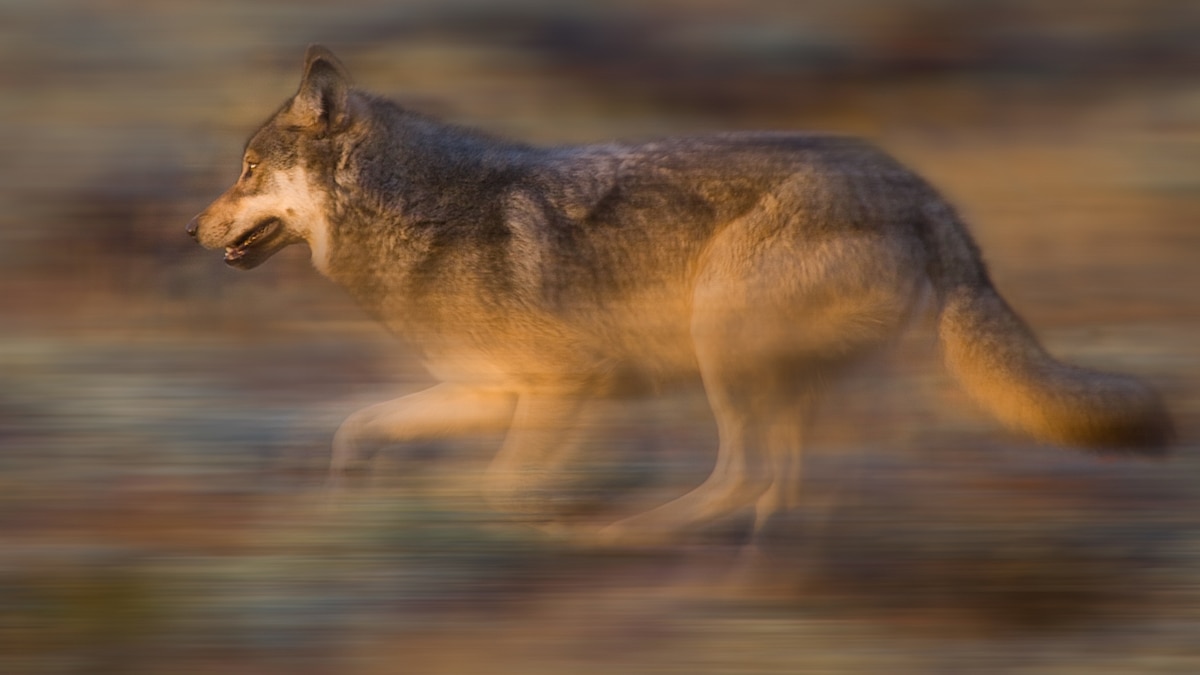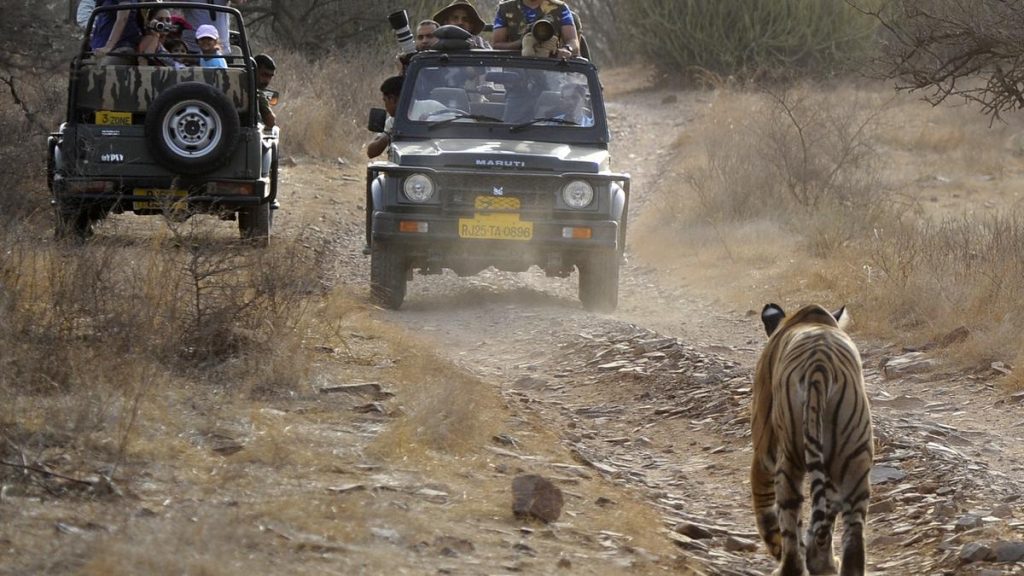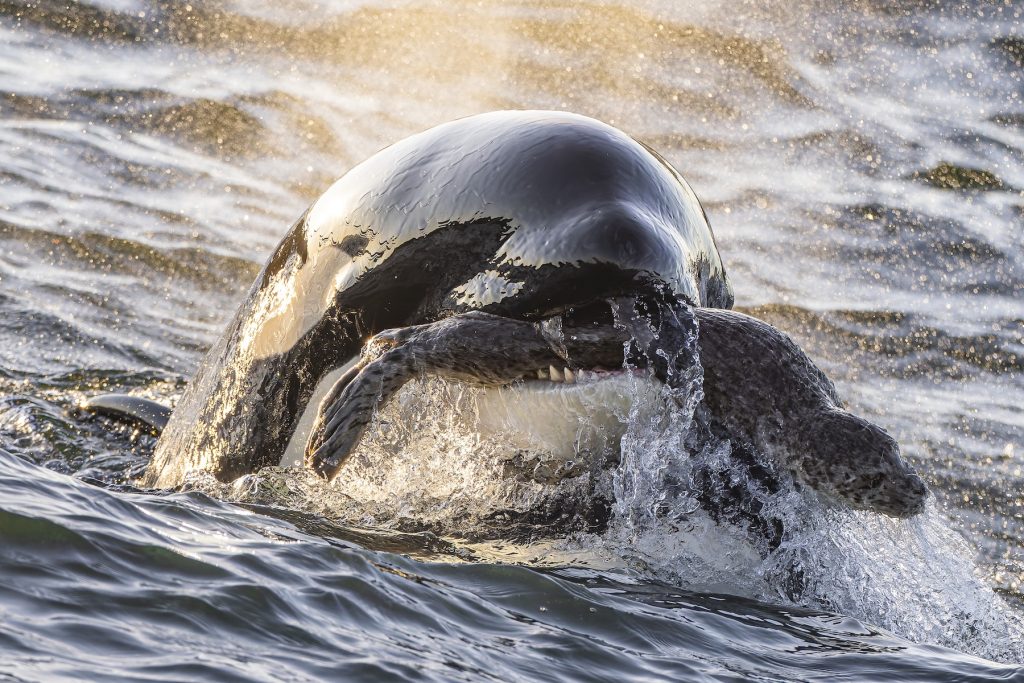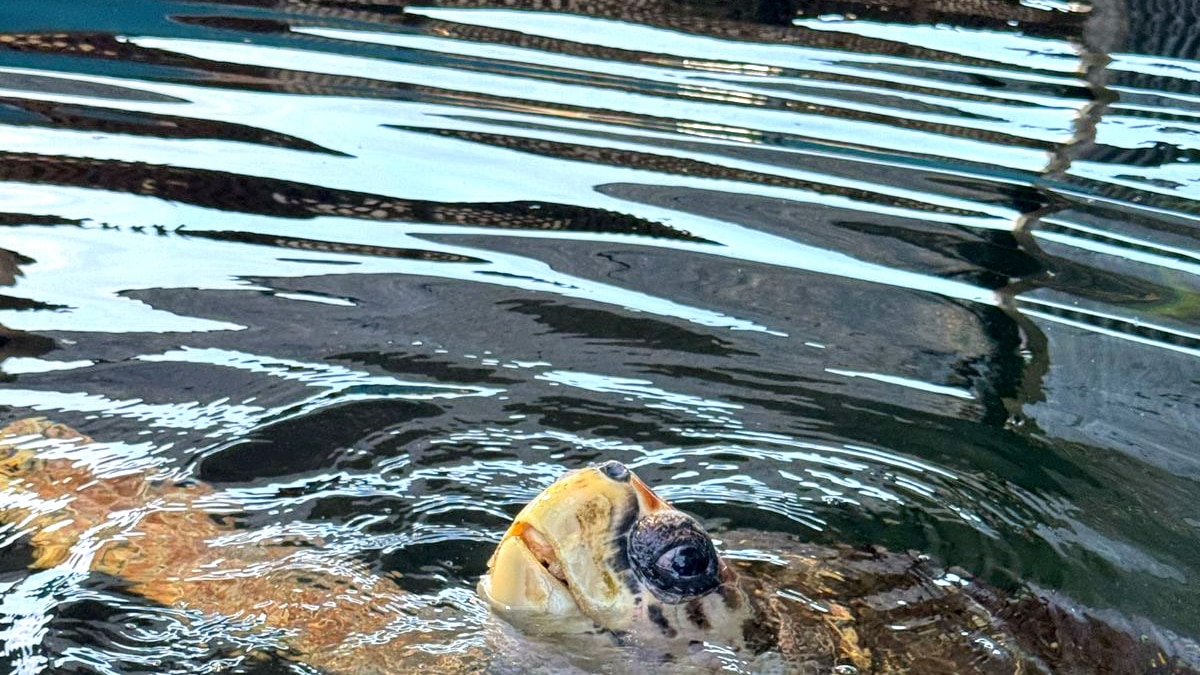Now Reading: Wolf Conservation Success in US Raises Questions Over Rising Killings
-
01
Wolf Conservation Success in US Raises Questions Over Rising Killings
Wolf Conservation Success in US Raises Questions Over Rising Killings

Quick Summary
- A father wolf was recently killed in Oregon, highlighting rising concerns about wolf poaching in the Pacific Northwest.
- Gray wolves were hunted to near extinction in Washington and Oregon by the mid-20th century but have slowly rebounded with an estimated population of 430 across both states.
- As 2021, poaching incidents have increased sharply: 22 cases in Washington and nearly 40 confirmed cases in Oregon compared to much lower numbers before that period.
- The social structure of wolves makes their survival challenging when a pack is disrupted, especially if a parent wolf dies, affecting repopulation efforts.
- Experts attribute poaching to deep-rooted tensions between endangered wolves and nearby human communities-including property owners suspicious of government tracking measures and ranchers aiming to protect livestock from predation.
- Studies suggest retaliatory killing does not reduce livestock losses considerably due to disruptions caused within wolf packs; grizzly bears frequently enough cause more damage but receive less resentment comparatively.
- Conservationists call for collaborative solutions like non-lethal predator deterrents and improving public awareness about wolves’ actual impact on livestock (e.g.,responsible for just 1% of losses according to Humane World).
Indian Opinion Analysis
The increasing trend in gray wolf poaching across Washington and Oregon underscores the complexities involved with wildlife conservation efforts that balance ecological goals against agricultural interests. While localized challenges may seem distant from India’s immediate issues, parallels can be drawn regarding community-led coexistence strategies between humans and endangered species-a growing concern for countries like India managing tiger or elephant populations near rural areas.
India must recognize that disputes over resource competition-whether resolving human-animal conflicts or addressing tensions surrounding land management policies-can escalate when stakeholders lack trust in institutions meant to mediate.Advocacy for improved non-lethal methods used globally could benefit Indian conservation programs while fostering confidence among affected communities.
This case also emphasizes how cultural attitudes influence conservation outcomes; misinformation exacerbates conflict rather than resolving it. Clarity through science-backed narratives could similarly enhance India’s own regional biodiversity preservation frameworks aimed at balancing agriculture with wildlife protection.




























